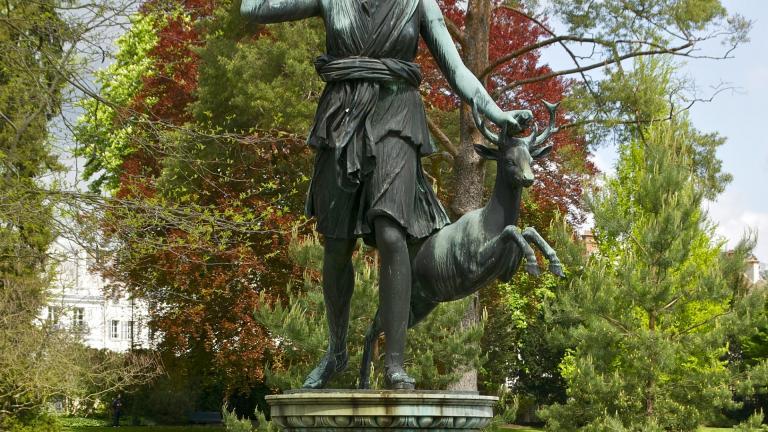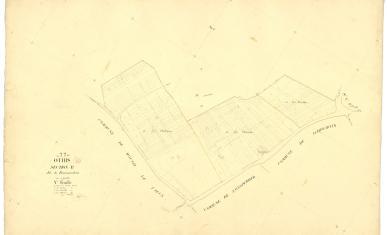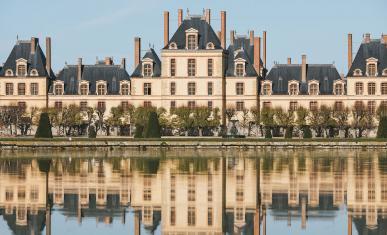Summer 1804: restoration work began on the Château de Fontainebleau
During the French Revolution, the Château de Fontainebleau was in poor condition. Stripped of its windows, mirrors and lead roofing (which was used to make weapons), it was also stripped of much of its furniture.
Upon Napoleon’s second visit to the palace in the summer of 1804, the emperor, accompanied by the architect Pierre-François-Léonard Fontaine, came across a dilapidated, despoiled building. He had a clear ambition: to restore the Château de Fontainebleau as quickly as possible so as to legitimise his power and have a second country residence after the Château de Saint-Cloud.
Although his coronation was scheduled for 2nd December 1804 at Notre-Dame de Paris, Napoleon decided to begin work in the summer. In just nineteen days, the 40 master apartments and 200 suite apartments were refurbished in Empire style.
Several changes were made to the layout of the rooms. For instance, the former king's bedroom, from Henry III to Louis XVI, became the Emperor's salon in 1804, and then the throne room four years later.
During the restoration, the palace’s architecture underwent very few changes, as Napoleon was seeking to legitimise his coronation by settling in this historic place. Only the west wing of the Cour du Cheval-Blanc was demolished in 1808 and replaced by the ceremonial gate.
As for the outside of the palace, only two gardens were transformed: the former Queen's garden (created for Catherine de Medici) and the former Garden of Pines, which were turned into an English landscape garden.
During the restoration, the palace’s architecture underwent very few changes, as Napoleon was seeking to make his coronation legitimate by settling in this historic place. Only the west wing of the Cour du Cheval-Blanc was demolished in 1808 and replaced by the ceremonial gate.
However, the Emperor wanted to make the palace his own and make his mark in this kings’ palace. To give just one example, Francis I's gallery was renamed the "Emperor's Gallery" in March 1805. Previously decorated with Francis I’s initial and his symbol - the salamander - Napoleon decided to replace them with the letter "N" and the industrious bees, two imperial symbols. Furthermore, the gallery was decorated with the busts of aides-de-camp and generals, placed alongside drawings of Bonaparte's victorious military campaigns.


